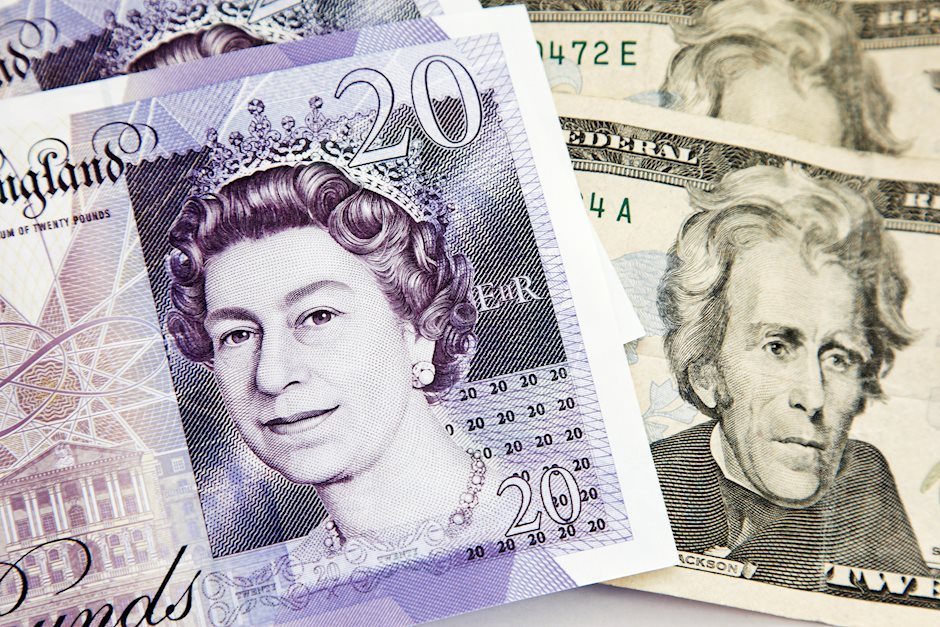GBP/USD churns near 1.2700
- GBP/USD roiled just below the 1.2700 handle on Tuesday.
- A notable lack of UK data leaves Cable in the sights of NFP market action.
- US labor and wage figures to dominate this week in the runup to Friday’s NFP.

GBP/USD churned chart paper just south of the 1.2700 handle on Tuesday, roiling bids as Pound Sterling traders grapple with a significant lull in meaningful UK-centric economic data and broader markets gear up for a fresh pass of US Nonfarm Payrolls (NFP) data due at the end of the week.
Bank of England (BoE) Governor Andrew Bailey is due to make an appearance early Wednesday… sort of. The head of the UK’s central bank will delivering remarks via a pre-recorded interview during a conference hosted by the Financial Times. Nothing of note is expected from the BoE head’s appearance, but GBP traders will be keeping one ear open for any meaningful soundbites the BoE Governor may reveal.
US ADP Non-Farm Employment Change numbers are due on Wednesday, and are expected to swing lower to 150K from the previous 233K. Wednesday will also bring the Services component for ISM US Purchasing Managers Index (PMI) dropping onto investors during the day’s American trading session. US Services PMI activity survey results are expected to tick down to 55.5 in November, down from the previous month’s 56.0.
Federal Reserve (Fed) Chair Jerome Powell is also expected to appear on Wednesday. The Fed head will answer audience questions during a moderated discussion hosted by the New York Times.
GBP/USD price forecast
Monday’s declines dragged GBP/USD back below the 1.2700 handle, keeping price action on the bearish side of the 200-day EMA, which is still rolling over into bearish territory near 1.2800. Tuesday halted the pair’s decline, but topside momentum remains limited as bidders remain unable to claw back ground after last week’s late peak near 1.2750.
GBP/USD daily chart

Pound Sterling FAQs
The Pound Sterling (GBP) is the oldest currency in the world (886 AD) and the official currency of the United Kingdom. It is the fourth most traded unit for foreign exchange (FX) in the world, accounting for 12% of all transactions, averaging $630 billion a day, according to 2022 data. Its key trading pairs are GBP/USD, also known as ‘Cable’, which accounts for 11% of FX, GBP/JPY, or the ‘Dragon’ as it is known by traders (3%), and EUR/GBP (2%). The Pound Sterling is issued by the Bank of England (BoE).
The single most important factor influencing the value of the Pound Sterling is monetary policy decided by the Bank of England. The BoE bases its decisions on whether it has achieved its primary goal of “price stability” – a steady inflation rate of around 2%. Its primary tool for achieving this is the adjustment of interest rates. When inflation is too high, the BoE will try to rein it in by raising interest rates, making it more expensive for people and businesses to access credit. This is generally positive for GBP, as higher interest rates make the UK a more attractive place for global investors to park their money. When inflation falls too low it is a sign economic growth is slowing. In this scenario, the BoE will consider lowering interest rates to cheapen credit so businesses will borrow more to invest in growth-generating projects.
Data releases gauge the health of the economy and can impact the value of the Pound Sterling. Indicators such as GDP, Manufacturing and Services PMIs, and employment can all influence the direction of the GBP. A strong economy is good for Sterling. Not only does it attract more foreign investment but it may encourage the BoE to put up interest rates, which will directly strengthen GBP. Otherwise, if economic data is weak, the Pound Sterling is likely to fall.
Another significant data release for the Pound Sterling is the Trade Balance. This indicator measures the difference between what a country earns from its exports and what it spends on imports over a given period. If a country produces highly sought-after exports, its currency will benefit purely from the extra demand created from foreign buyers seeking to purchase these goods. Therefore, a positive net Trade Balance strengthens a currency and vice versa for a negative balance.
Author

Joshua Gibson
FXStreet
Joshua joins the FXStreet team as an Economics and Finance double major from Vancouver Island University with twelve years' experience as an independent trader focusing on technical analysis.

















